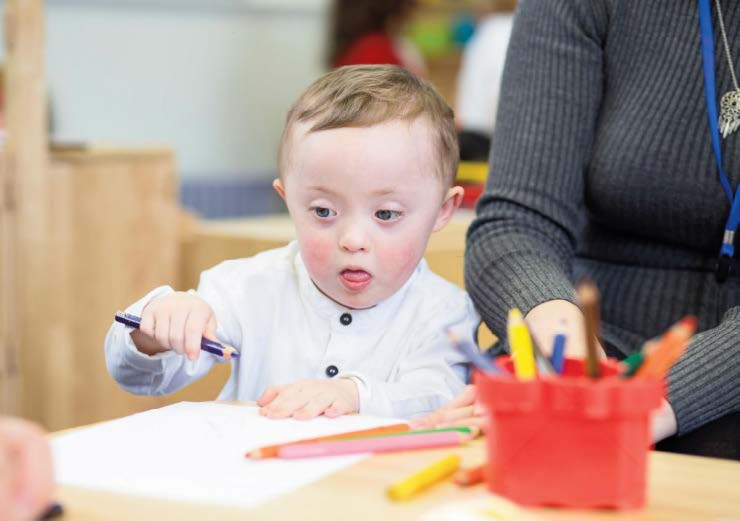PRESENT LEVELS OF ACADEMIC ACHIEVEMENT AND FUNCTIONAL PERFORMANCE
The PLAAFP identifies the student’s areas of strength and their needs. This includes how the disability affects the child’s progress in the curriculum. It must be “current, objective, measurable, and understandable.” Also, student strengths and parental concerns are considered. In both academic and non-academic areas, this forms the basis for the need for accommodations, supports, services, and adjustments or modifications to the curriculum.
MEASURABLE ANNUAL GOALS INCLUDING SHORT TERM OBJECTIVES
This section includes both long-term and benchmarks to see what is required for the student to progress in the general curriculum. Please note that the reauthorization of the Individuals with Disabilities Education Act (IDEA) removed the requirement for short-term objectives except for students who participate in alternative assessments. However, some state regulations exceed this requirement and are still in effect. Goals should be long-term plans while objectives are shorter term steps needed to reach the goal. Goals should be based on present levels of performance and be phrased positively, describing an observable and measurable event.

TAKING PART: Special Education and Related Services include extracurricular activities, as well as opportunities for participation with non-disabled peers, so they can make progress in achieving their individualized goals in the curriculum.
SPECIAL EDUCATION AND RELATED SERVICES
These services state the supports and services that will be provided to the student so they can make progress in achieving their individualized goals in the curriculum. This includes extracurricular activities, as well as opportunities for participation with non-disabled peers. Related services include speech, occupational, and physical therapy, among others (see parentcenterhub.org/reposito- ry/related-services-module ). For each related service, the IEP will state how many sessions per week, length of the session, and if it is on a group or individual basis. Other related services include transportation, counseling, and school health services. Please note that the IEP team must consider needs for assistive technology, communication supports (especially if the student is deaf or hard of hearing), the possible need for Braille if the student is blind/visually impaired, and functional behavioral assessment and positive behavioral supports and interventions, especially if the child displays challenging behaviors. The team must also consider Extended School Year (ESY) which must be provided if needed to insure access to a free, appropriate, public education (FAPE). For more details on ESY, see spanadvocacy.org/con- tent/extended-school-year-esy-services-helping-children-sustain-maintain-learning.
MEASUREMENT AND REPORT OF STUDENT PROGRESS Families must be informed of progress at least as often as the district reports on performance for students without disabilities. The reporting must include an update on each IEP goal. The IEP must also include the extent to which the student will participate in state and district-wide assessments, or if the student will instead participate in an alternate assessment (only if the student’s IEP is based on alternate standards) and a statement of modifications or accommodations to be provided in administration of State or district-wide assessments. Other considerations in the IEP include reevaluation (every three years) and transition services, which in most states is age 16 (in NJ it is 14), or as early as necessary. For some students, it is clear that they will need a longer time period to prepare for successful transition. Transition to adult life goes beyond school-to-work and includes independent living, adult healthcare, and consideration of post-secondary education. The IEP team, which includes parents and the youth (him/herself) at age 14/16, drafts the IEP and makes the decisions about services and placement.
REQUIRED COMPONENTS OF THE IEP
There are several pieces of information that must be included in each student’s IEP. These are:
• Present Levels of Academic Achievement and Functional Performance
• Measurable annual goals including short term objectives. Some states require short-term objectives or benchmarks for all students with disabilities; the federal law, the Individuals with Disabilities Education Act, or IDEA, only requires them for students who take alternate assessments aligned to alternate achievement standards. Find out your state’s requirements from your parent center.
• Special Education and Related Services
• Measurement of and Report on Student Progress including participation in state and district-level assessments.